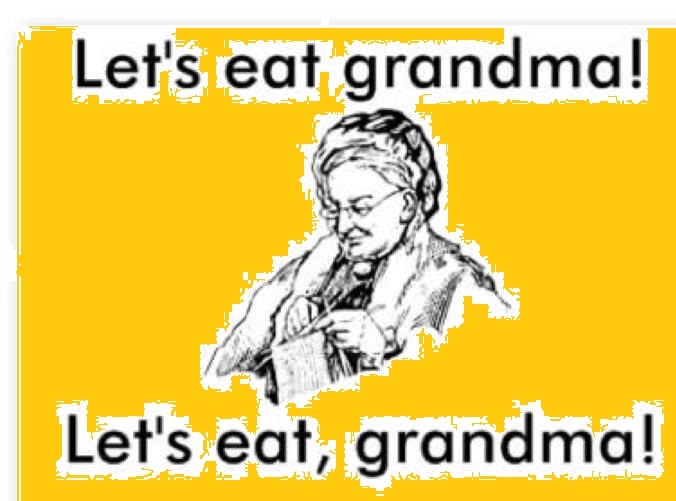. A full stop shows the end of a sentence, and is also often used after initials and abbreviations: The Mini was designed by A.C. Issigonis.
, A comma shows a short pause that separates parts of a sentence: • Only buses, taxis and bicycles can be used in this street. • The new road was supposed to reduce traffic jams, but they are even worse now.
It is also used to separate spoken words from the rest of the sentence: ’I’ll drive,’ said Jill.
‘’or “ ” Inverted commas are used to show words that are spoken and around titles of books, films etc. They are also used around a nickname or a description that is often used for a person, place or thing: • The car was nicknamed ‘the Beetle’ because of its shape. • A witness described the accident as ‘horrific’.
( ) Brackets are used when the writer adds information and explanation, a comment, etc. to something in the text. The text would still make sense if the information in brackets was removed: The car is about nine feet (almost three metres) long.
– A dash is used when an additional comment or information is added to a sentence: I do not often drive long distances – hardly ever in fact.
– A hyphen is used in many cases where two words have been joined together to form one, and it is also used to separate long words that wil not fit one line. There are complicated rules about where you can divide words, and so it is safer to start the word on the text line: anti-road protesters
: A colon tells the reader that something is coming next, for example a list: Check the following things before a journey: fuel, tyre pressure, oil, and water.
Task:
Each of the following sentences has one mistake. Correct the mistake and add punctuation.
1. despite thousands die on the roads every year little is being done to improve safety
………………………………………………………………………………………..
2. firstly of all limits should be imposed on the power of car engines
……………………………………………………………………………………….
3. there are three mainly causes of accidents excessive speed carelessnes and alcohol
……………………………………………………………………………………….
4. in the whole results have been poor in fact the transport minister called them disastrous
………………………………………………………………………………………
5. because the number of fatal accidents the road is called the motorway of death
………………………………………………………………………………………
6. car manufacturers are reluctant to accept this how ever
…………………………………………………………………………………….
7. stricter laws on drink driving have not led to fewer deaths too
…………………………………………………………………………………….
8. all though there are heavy fines for speeding many drivers still take the risk
…………………………………………………………………………………….
Solution:/Megoldás:
- Despite the fact that thousands die on the roads every year, little is being done to improve safety.
- First of all, limits should be imposed on the power of car engines.
- There are three main causes of accidents: excessive speed, carelessness and alcohol.
- On the whole, results have been poor – in fact, the Transport Minister called them ‘disastrous’.
- Because of the number of fatal accidents, the road is called ‘the motorway of death’.
- Car manufacturers are reluctant to accept this, however.
- Stricter laws on drink-driving have not led to fewer deaths, either.
- Although there are heavy fines for speeding, many drivers still take the risk.


1 comment
maillot de foot pas cher
2013-04-28 , 03:12 (UTC 2)
Amazing! I love your blog!!!